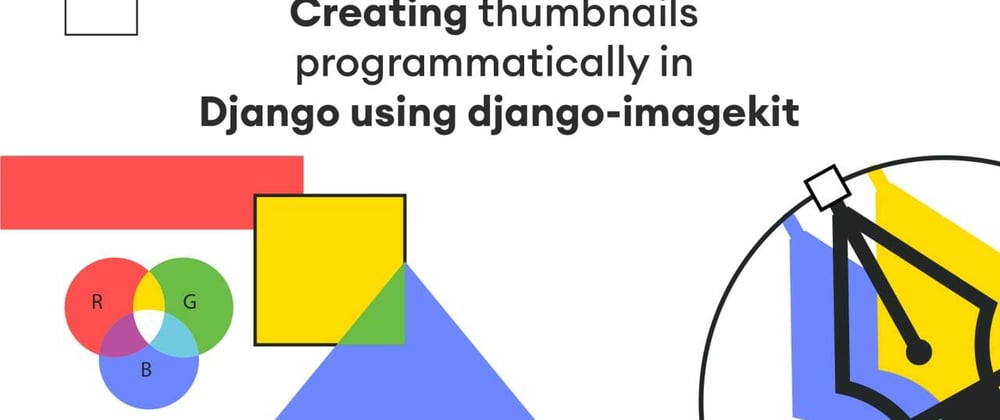Django-imagekit is an app for processing images. You can programmatically change images with imagekit. For this blog post, we will create thumbnails and look for its Django Rest Framework usage (DRF).
Installation of django-imagekit
pip install pillow
pip install django-imagekit
INSTALLED_APPS = [
'imagekit',
]
Creating a thumbnail with django-imagekit
For creating a thumbnail in Django from an image we will use ImageSpecField. An image spec is a type of image generator that generates a new image from a source image. Now let’s look for a specific example.
Models.py
class Category(models.Model):
name = models.CharField(
verbose_name=_("Category Name"),
help_text=_("Required and unique"),
max_length=255,
unique=True,
)
picture = models.ImageField(null=True, upload_to="images/", blank=True, verbose_name="Category picture")
thumbnail150x150 = ImageSpecField(source='picture', processors=[ResizeToFill(150, 150)], format="PNG",
options={'quality': 60})
cdate = models.DateTimeField(auto_now_add=True)
udate = models.DateTimeField(auto_now=True)
In the above example, we specified source=’picture’, in this way we tell use the picture field as a source and generate a new image.
So in your templates, you can simply use it like below:
<img src="{{ category.thumbnail150x150.url }}" alt="img">
If you want to not create a new image, just change the original image, then we will use ProcessedImageField and replace a source to upload_to.
class Category(models.Model):
name = models.CharField(
verbose_name=_("Category Name"),
help_text=_("Required and unique"),
max_length=255,
unique=True,
)
thumbnail150x150 = ProcessedImageField(upload_to="images/", processors=[ResizeToFill(150, 150)], format="PNG",
options={'quality': 60})
cdate = models.DateTimeField(auto_now_add=True)
udate = models.DateTimeField(auto_now=True)
You are able to use as many processors as you’d like, which will all be run in order.
class Category(models.Model):
name = models.CharField(
verbose_name=_("Category Name"),
help_text=_("Required and unique"),
max_length=255,
unique=True,
)
picture = models.ImageField(null=True, upload_to="images/", blank=True, verbose_name="Category picture")
thumbnail150x150 = ImageSpecField(source='picture', processors=[ResizeToFill(150, 150), TrimBorderColor(), ],
format="PNG",
options={'quality': 60})
cdate = models.DateTimeField(auto_now_add=True)
udate = models.DateTimeField(auto_now=True)
“django-imagekit” usage with DRF(Django Rest Framework)
class CategorySerializer(serializers.ModelSerializer):
picture = serializers.SerializerMethodField()
thumbnail = serializers.SerializerMethodField()
class Meta:
model = Category
fields = ('id', 'name', 'picture','thumbnail')
def get_picture(self, obj):
return obj.picture.url
def get_thumbnail(self, obj):
return obj.thumbnail150x150.url
Thanks for reading. I hope you enjoyed it ❤.
The post first appeared in my blog
Keep Learning..!







Oldest comments (0)